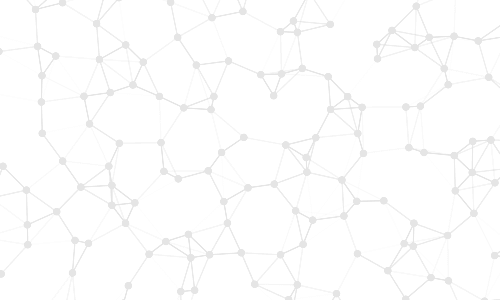IP Research Roundup: Credit Acceptance, Westlake, Carvana, & US Auto Subprime Lending
Introduction
The US subprime auto lending market occupies a unique and polarizing position within the investment community. On one hand, it is often criticized for its association with predatory lending practices, where borrowers with poor credit histories are charged exorbitant interest rates, sometimes leading to financial distress. This stigma has fueled widespread skepticism about the ethics and sustainability of the sector.
On the other hand, certain companies, such as Credit Acceptance (CACC), have defied these perceptions by consistently delivering per-loan ROEs exceeding 30%. Such a duality - between the ethical concerns and the undeniable profitability - spurred our interest to study the industry and led to this IP Research roundup that compiles our learnings to date on the subject.
Market Size, Segments & Cycles
The US auto subprime lending market is large.
“The auto finance market is large and fragmented, with $1.3 trillion in outstanding loan balances as of December 31, 2021… Our potential customer market is large. Approximately 40% of adults in the United States have a credit profile that is considered less than prime. That's roughly 100 million adults.” - FY 2021 Credit Acceptance Letter to Shareholders
In dollar terms, total US subprime auto originations (defined by credit scores less than 620) have amounted to approximately $100 billion per year for the past decade.
This represents 10-15% of total auto originations in any given year.
There are three main segments of lenders in the US subprime auto market:
Free Sample of 50+ Interviews
Sign up to test our content quality with a free sample of 50+ interviews.
Related Content

Carvana: Service Expansion Amid Reconditioning Capacity Limits
Former Associate Director of Inspection Centers at Carvana

CarMax Inc: Culture & Competing with Carvana
Former Executive Vice President at CarMax

Root Inc: Growth Outside the DTC Channel
Former Director of State Management at Root Inc.

Amazon Autos & Costco's Auto Program
Former Zone Business Consultant at Affinity Auto Group
© 2024 In Practise. All rights reserved. This material is for informational purposes only and should not be considered as investment advice.


